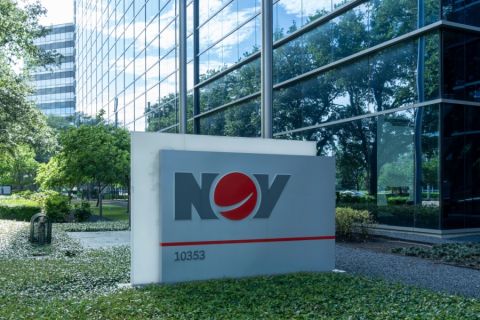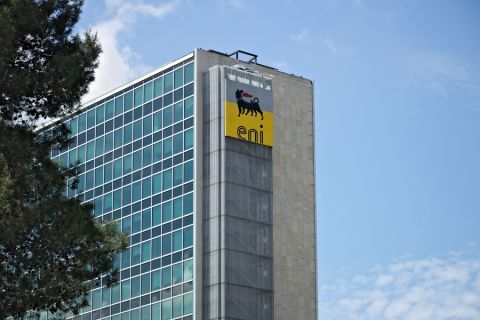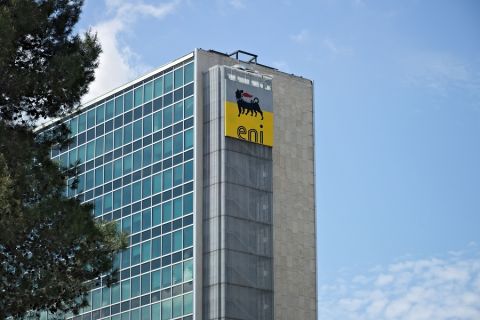Despite lower production rates, most Canadian plays have lower break-even points, said Glenna Jones, director of energy research for ITG Investment Research, who presented her findings at Hart Energy’s recently held Developing Unconventional Gas Conference and Exhibition in Calgary, Alberta, Canada. While presenting her findings at a three-member panel session, Jones evaluated a number of oil and gas plays in Alberta for the conference attendees.
“People think Canadian plays have higher break-evens, but our plays are shallower, and the completions are less intense,” she said. “Also, in Canada, our gas wells generally produce at higher rates than our oil wells.”
However, the province’s oil and gas production is under price pressure due to lack of adequate infrastructure to get commodities to market. “We are at the end of the pipeline,” she said. To solve that problem, producers should develop gas areas containing natural gas liquids (NGLs) where possible, to get a price uplift.
“A relatively modest amount of liquids can significantly subsidize dry-gas economics. But not all gas liquids are equal,” she said. “We are seeing price pressure for ethane and propane right now.”
Also, some rich-gas wells in the $8-million cost range are likely to qualify for additional royalty incentives, which can shave off $0.30 to $0.50 of netback per thousand cubic feet of gas (Mcf), she cautioned. And liquids content can be difficult to evaluate at the wellhead.
Jones likes Alberta’s Cardium play with its improved deliverability due to technology. Cardium wells produce gas, oil and NGLs, and almost all of the gas production from the wells increases over time, she said.
Yet, Cardium wells with lower liquids content tend to have lower reserves, while gassier wells have higher reserves, she explained. The average Cardium well’s break-even point is $58 per barrel (bbl.) at West Texas Intermediate (WTI) prices.
Elsewhere, the Red Earth area’s Slave Point play shows low geological risk with very little gas production—about 5%. These wells have a break-even of about $65 per bbl. at WTI price, said Jones.
“The Deep Basin has multiple targets, but not all of the zones will be successful because the reservoir quality varies, and that really matters.” Nonetheless, all of the play’s wells are deemed to be oil wells, making them valuable even as some of them produce about 50% gas.
To evaluate Alberta wells, producers should utilize the “triangle of truth,” she said, which includes evaluating the averages of a formation’s tightness, pressure and liquids content.
Meanwhile, Canadian oil and gas merger, acquisition and divestiture markets are open for business, said fellow panelist Larry Strong, managing director for Scotia Waterous. “We are seeing some demand from the Asian markets looking for opportunities. The market isn’t dead, but there is less interest now than there has been in the past few years,” he said.
Recent oil prices have undergone a “sharp correction,” which has investors concerned. Gas prices have climbed up from recent lows, but oil prices dropped 20% recently, and many Canadian producers are showing negative returns, he said.
However, the overall well declines are less than in the past due to the new resource plays. “Shale gas will play an important role in Canada,” Strong said. “The emerging oil plays continue to attract significant interest.”
Bevin Wirzba, managing director for the RBC Rundle Group, a division of RBC Capital Markets, agreed. “We see enthusiasm for oil-weighted players, but a lack of export markets for gas is creating a stranded-gas environment.”
Most deals will target corporate mergers, he said. The opportunity for asset sales is limited because operators do not need to add inventory. Meanwhile, investors are focused on size, scale, liquids, growth rates and balance sheet flexibility.
“The 2012 through 2013 time frame will be formative for Alberta players as hedges are rolled off and borrowing bases are reviewed,” said Wirzba. “We are seeing only modest amounts of equity being issued. Early-stage projects are given minimal value due to the risk of bringing production online.” He added, “We are seeing little arbitrage between development and producing assets.”
Recommended Reading
Keeping it Simple: Antero Stays on Profitable Course in 1Q
2024-04-26 - Bucking trend, Antero Resources posted a slight increase in natural gas production as other companies curtailed production.
NOV Announces $1B Repurchase Program, Ups Dividend
2024-04-26 - NOV expects to increase its quarterly cash dividend on its common stock by 50% to $0.075 per share from $0.05 per share.
Initiative Equity Partners Acquires Equity in Renewable Firm ArtIn Energy
2024-04-26 - Initiative Equity Partners is taking steps to accelerate deployment of renewable energy globally, including in North America.
Repsol to Drop Marcellus Rig in June
2024-04-26 - Spain’s Repsol plans to drop its Marcellus Shale rig in June and reduce capex in the play due to the current U.S. gas price environment, CEO Josu Jon Imaz told analysts during a quarterly webcast.
Ithaca Deal ‘Ticks All the Boxes,’ Eni’s CFO Says
2024-04-26 - Eni’s deal to acquire Ithaca Energy marks a “strategic move to significantly strengthen its presence” on the U.K. Continental Shelf and “ticks all of the boxes” for the Italian energy company.





